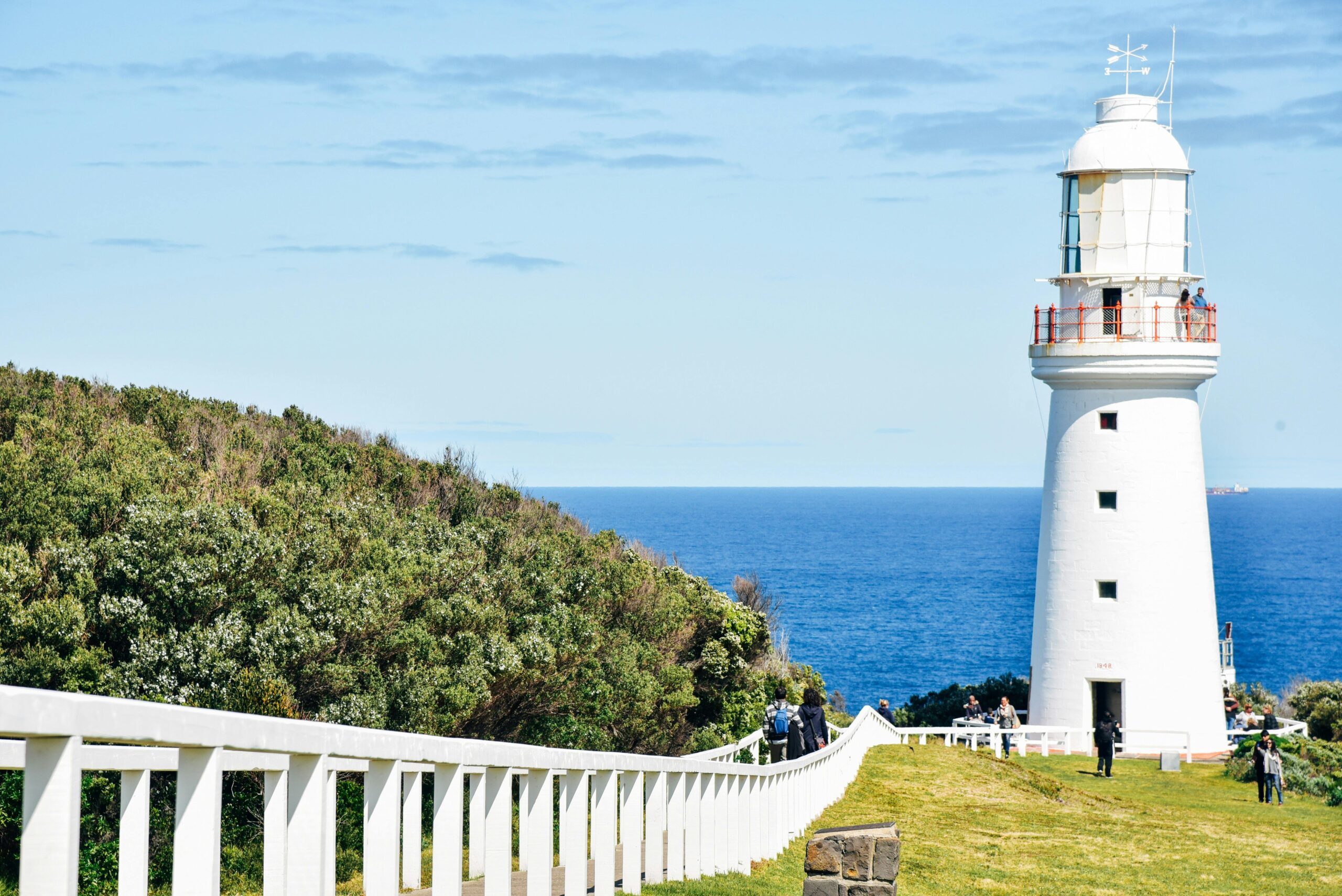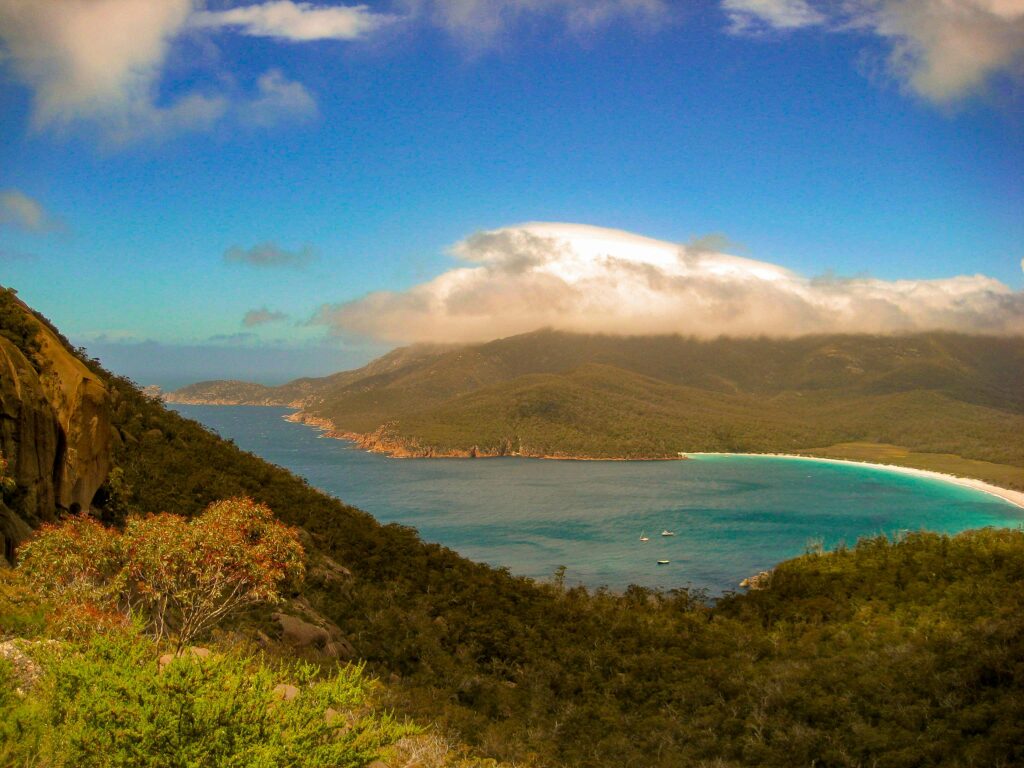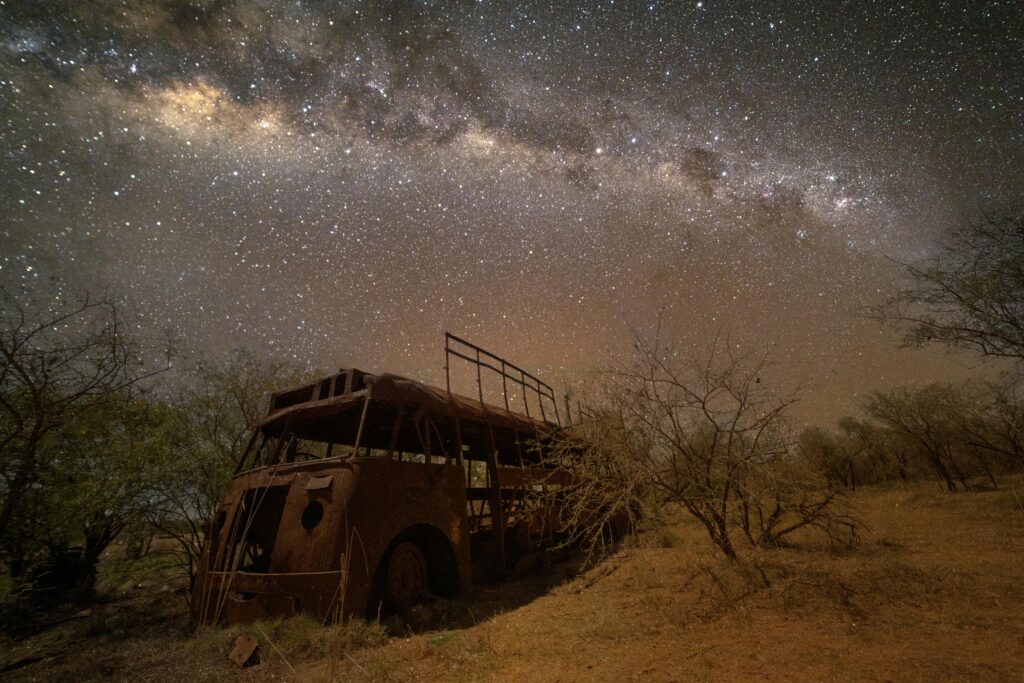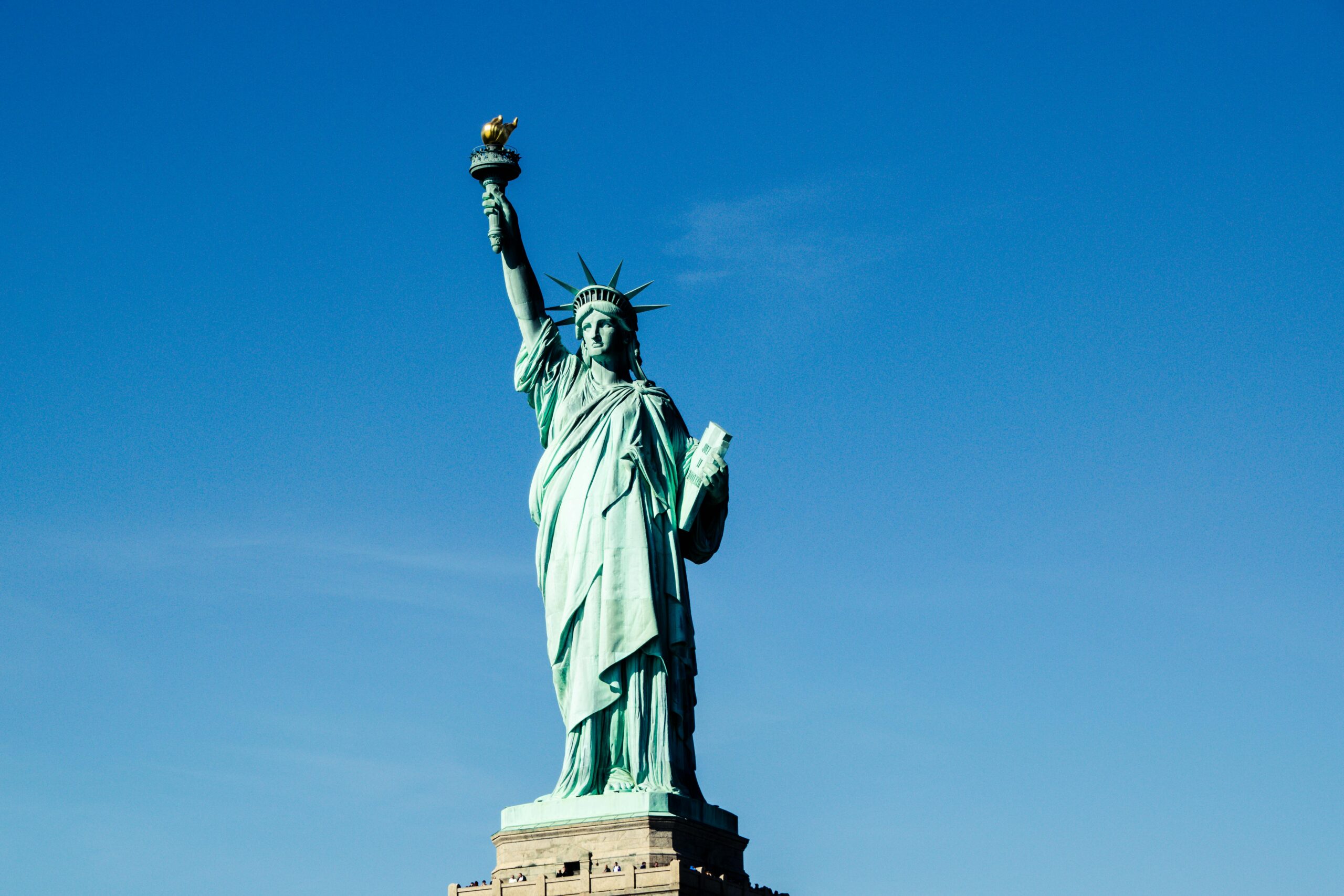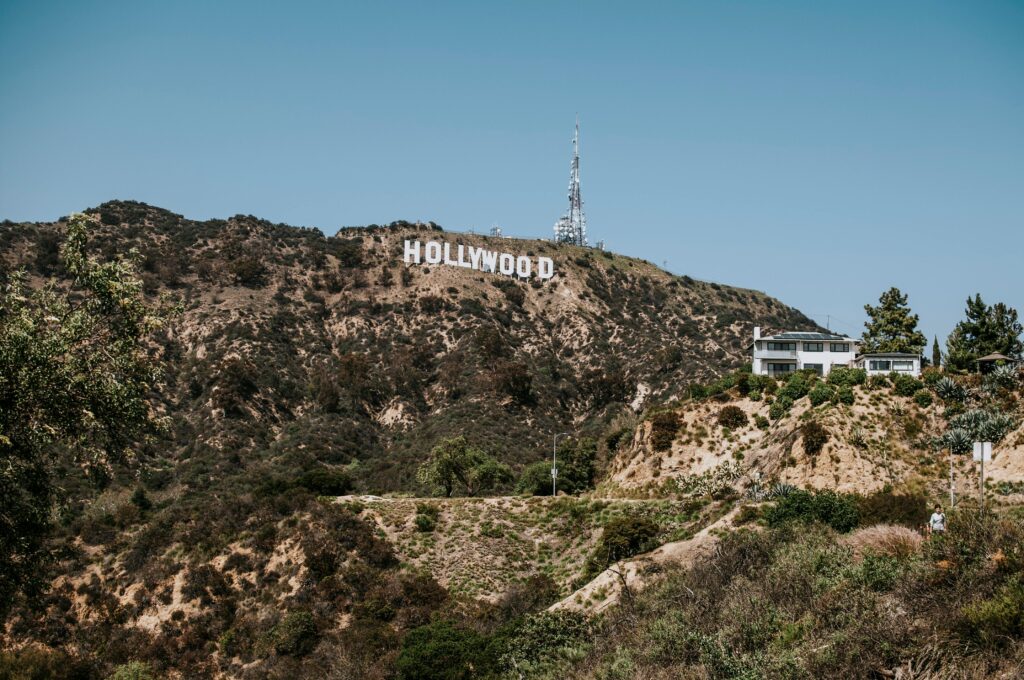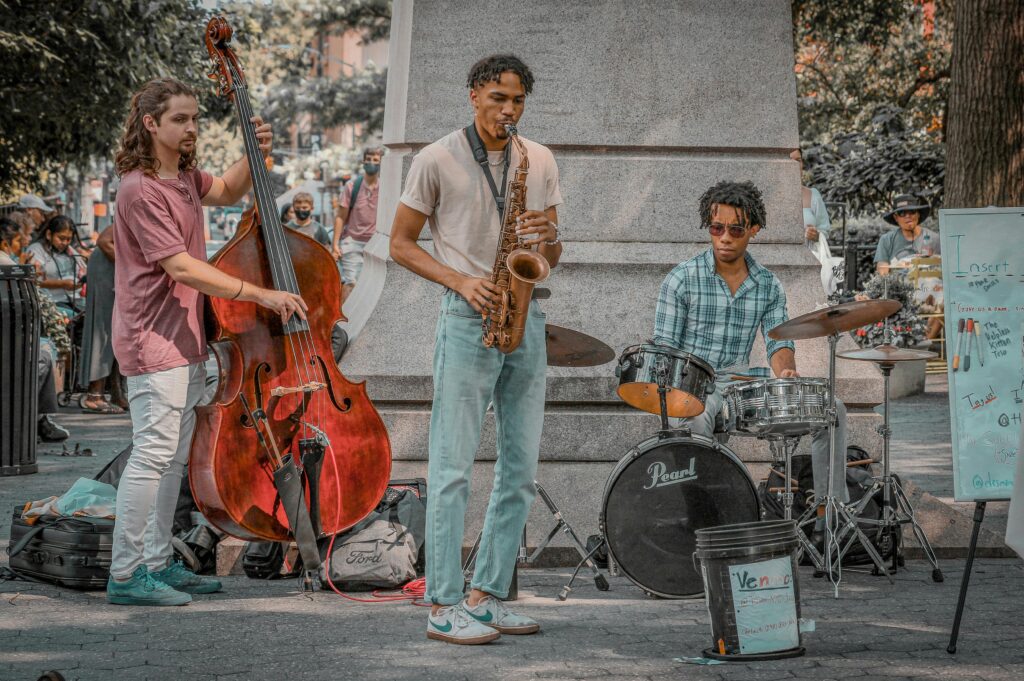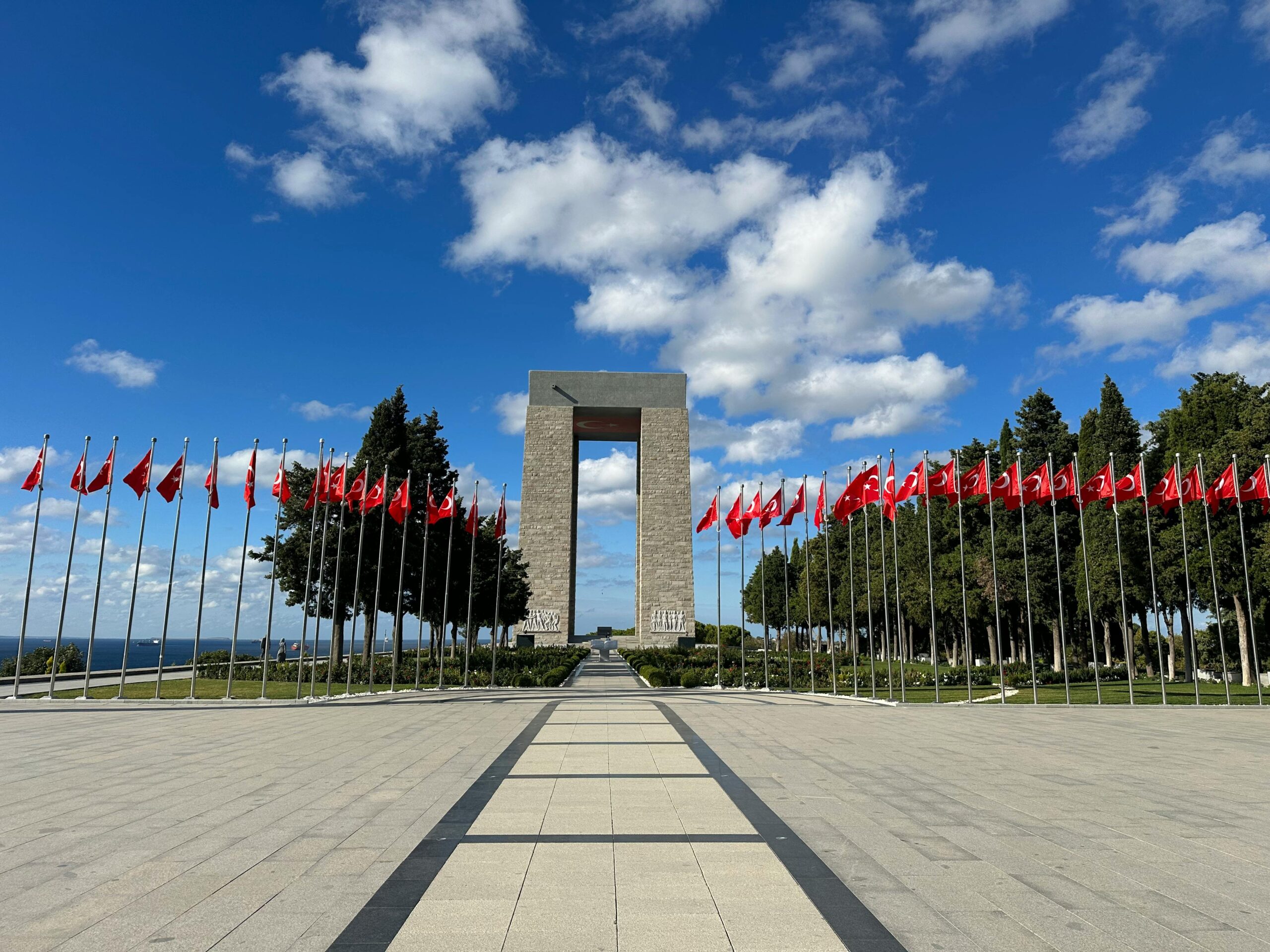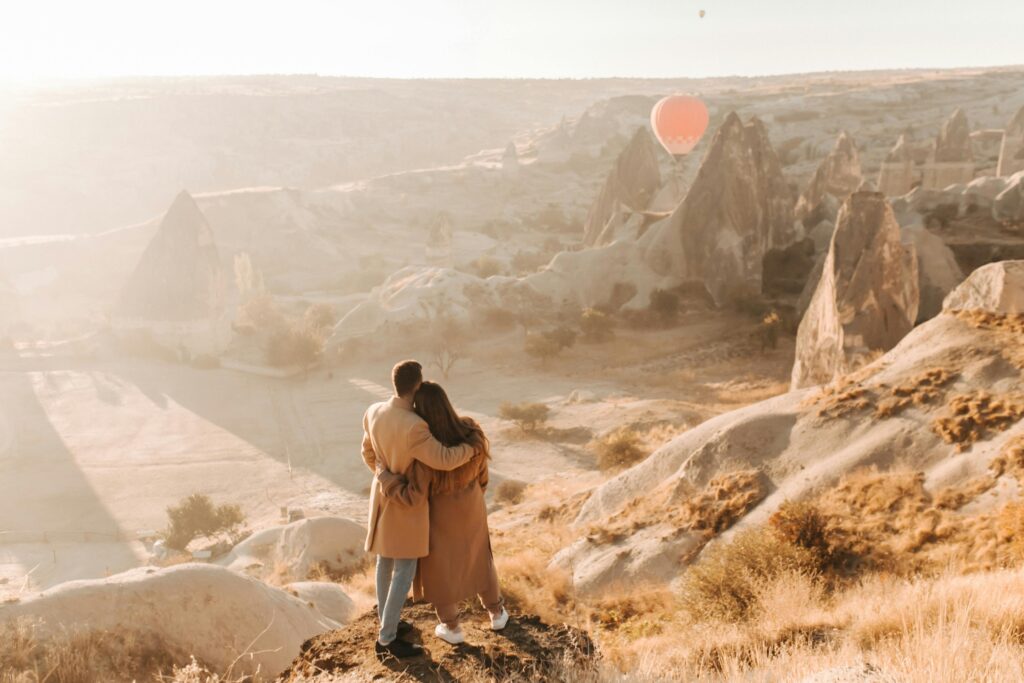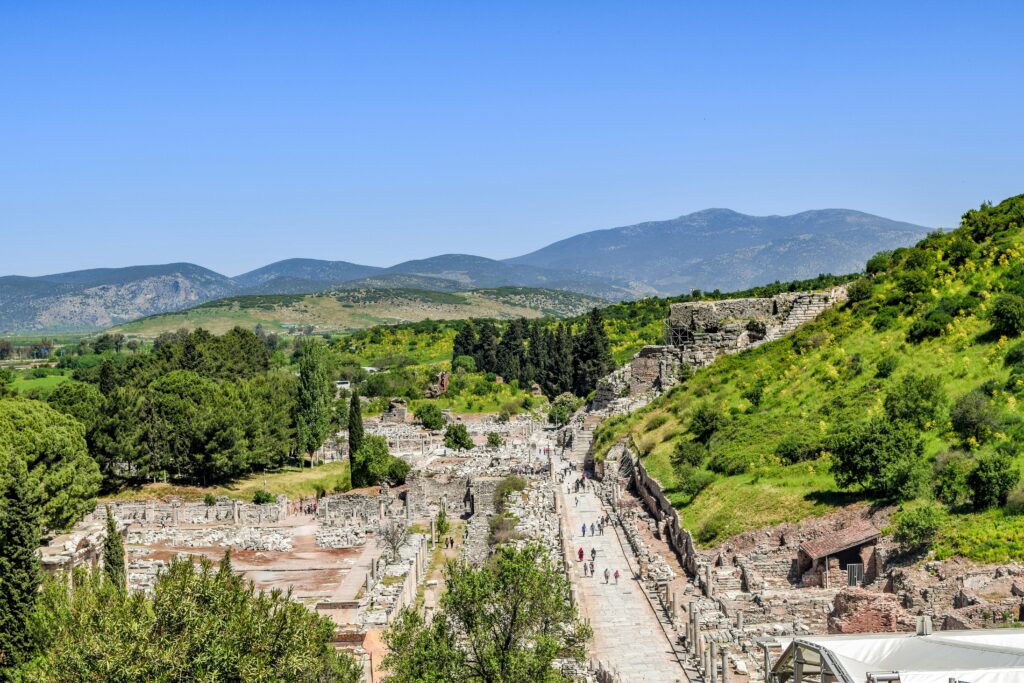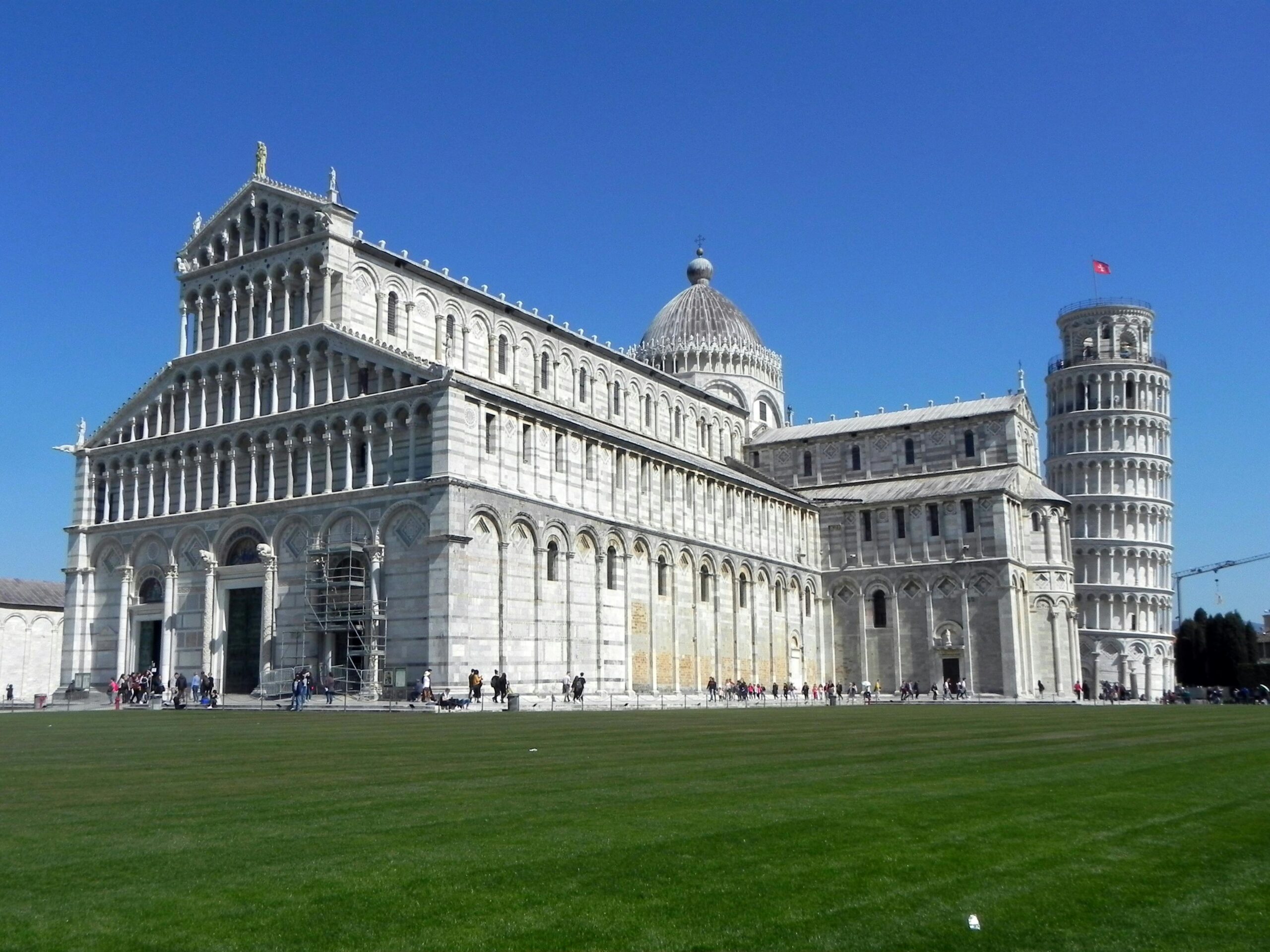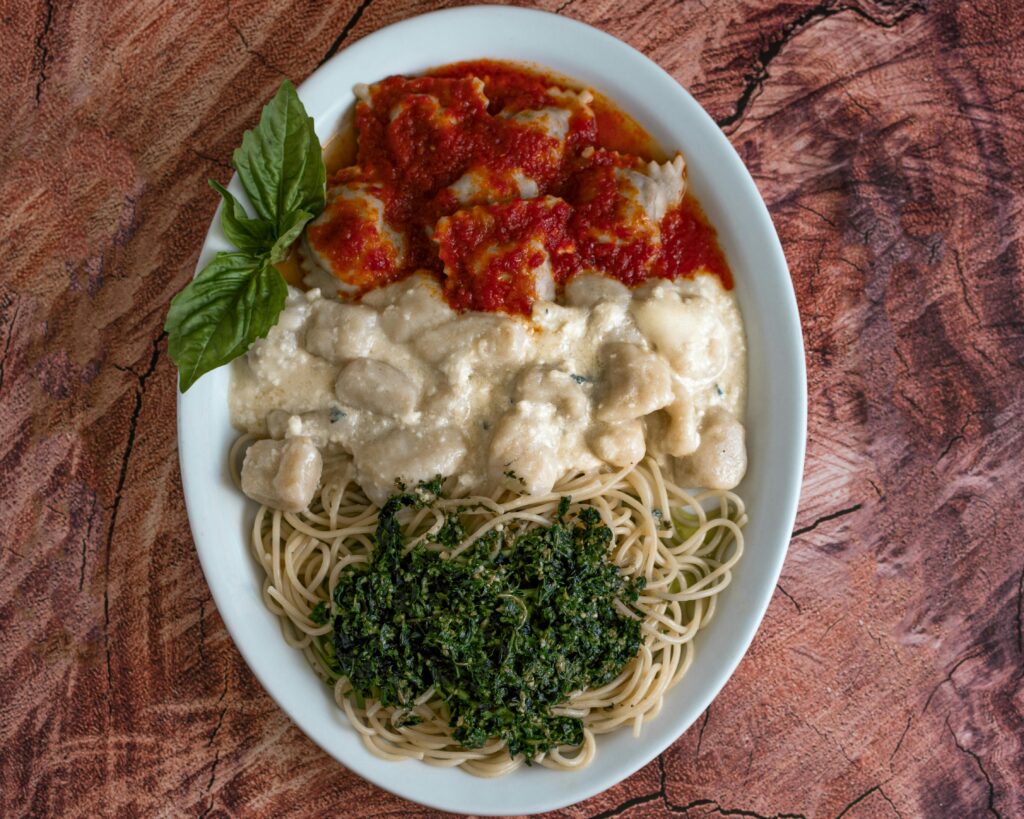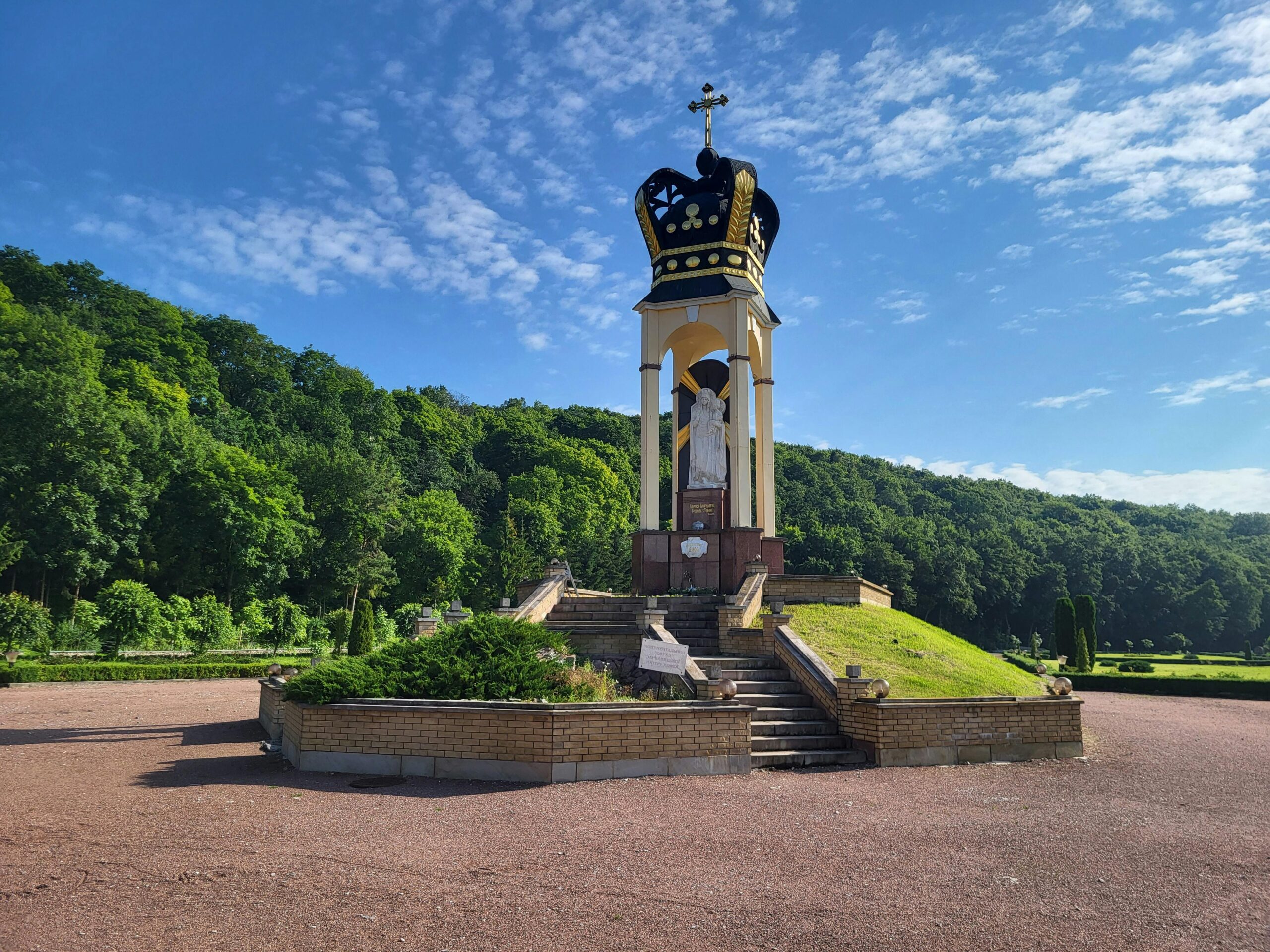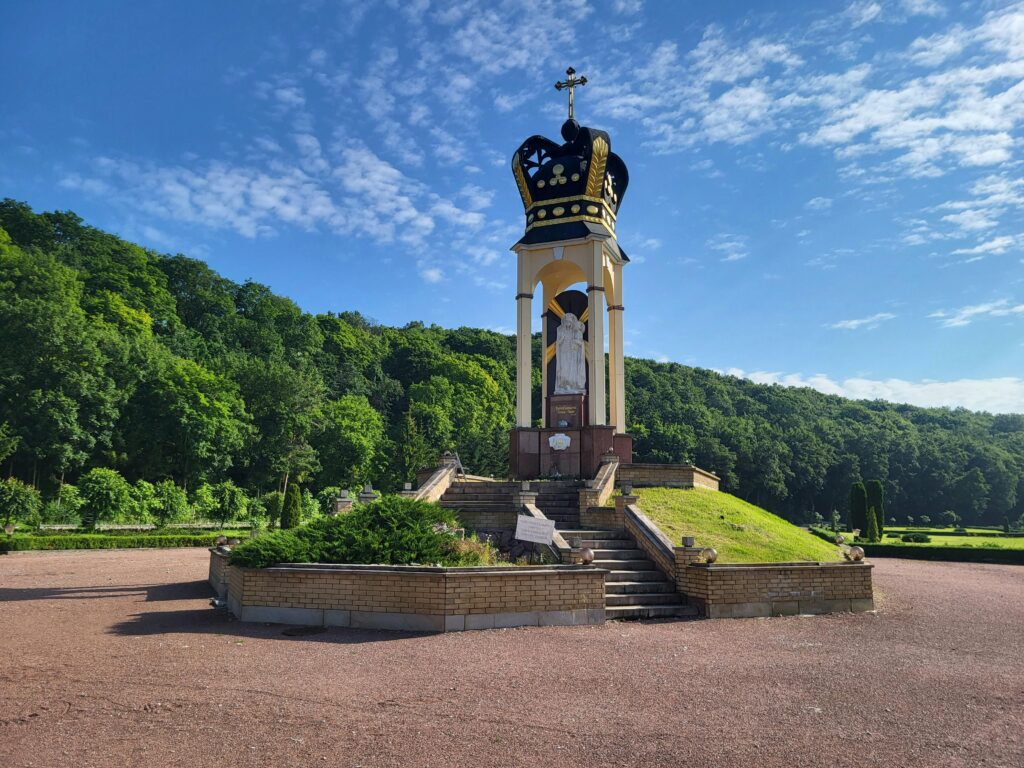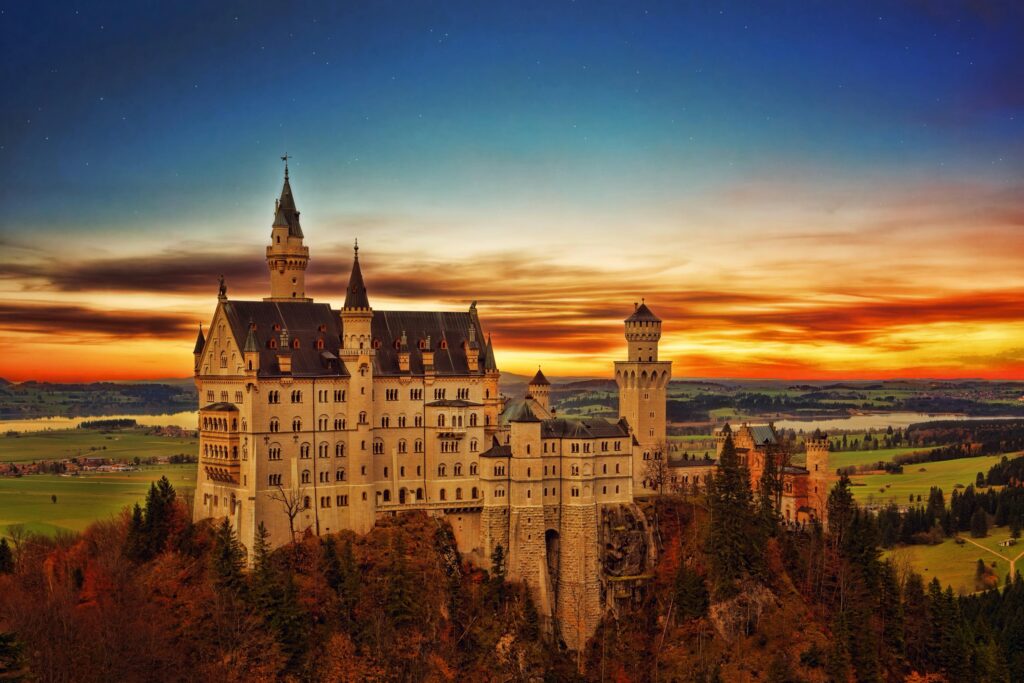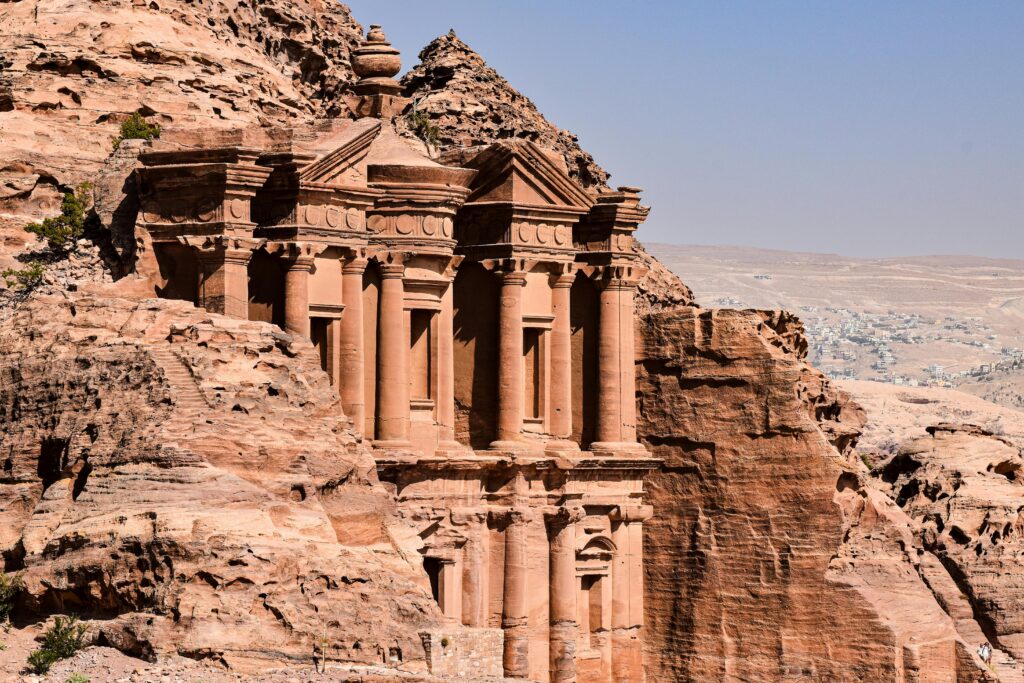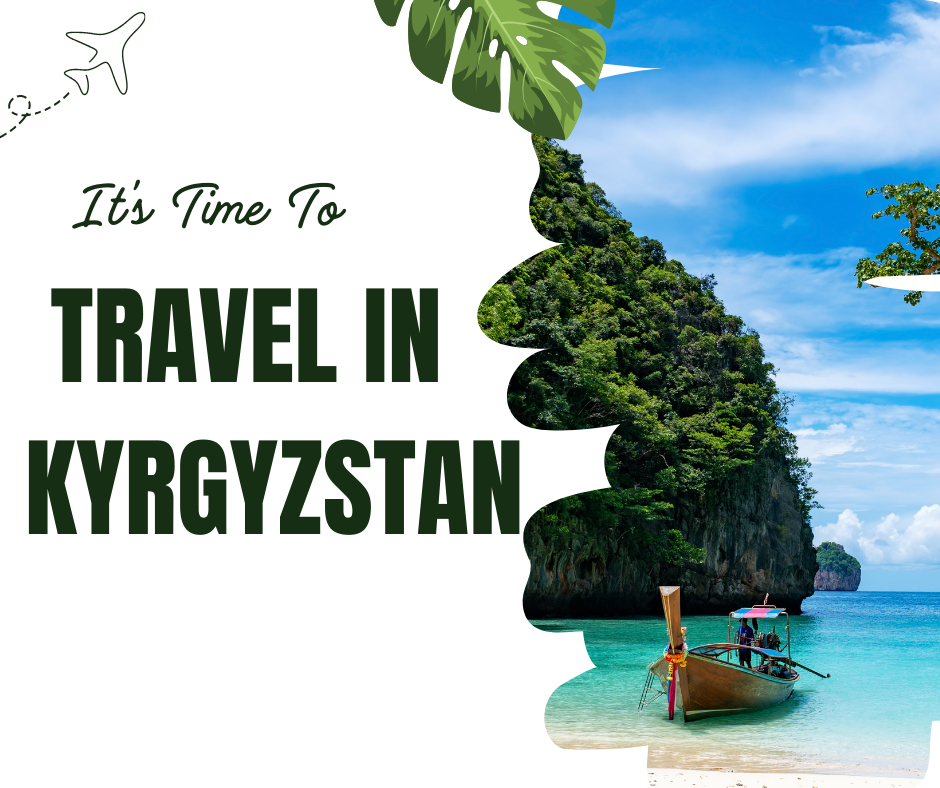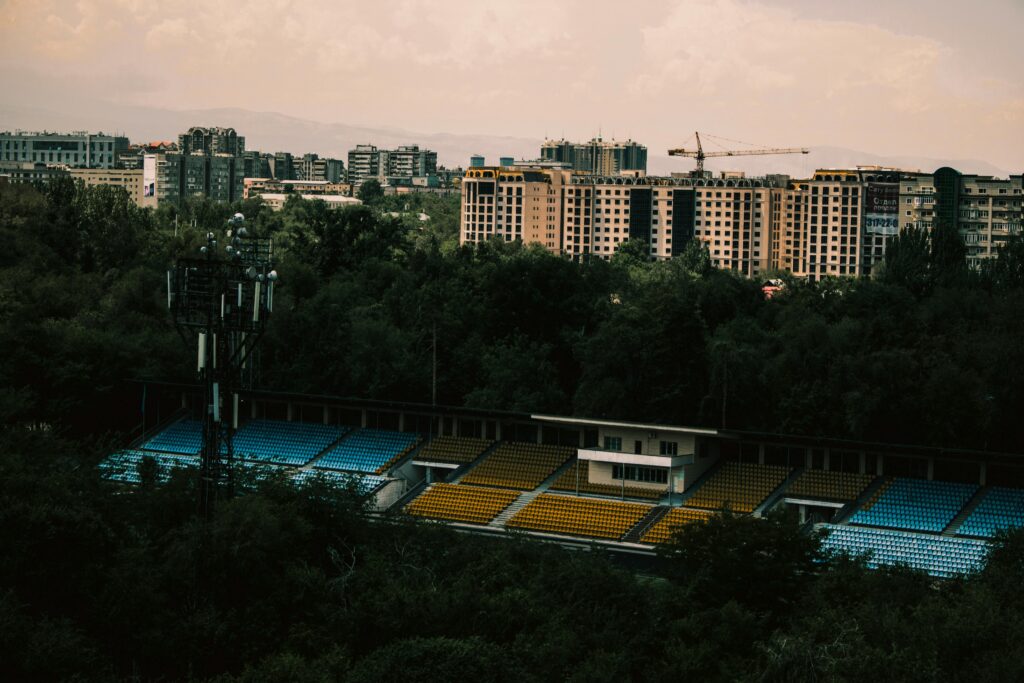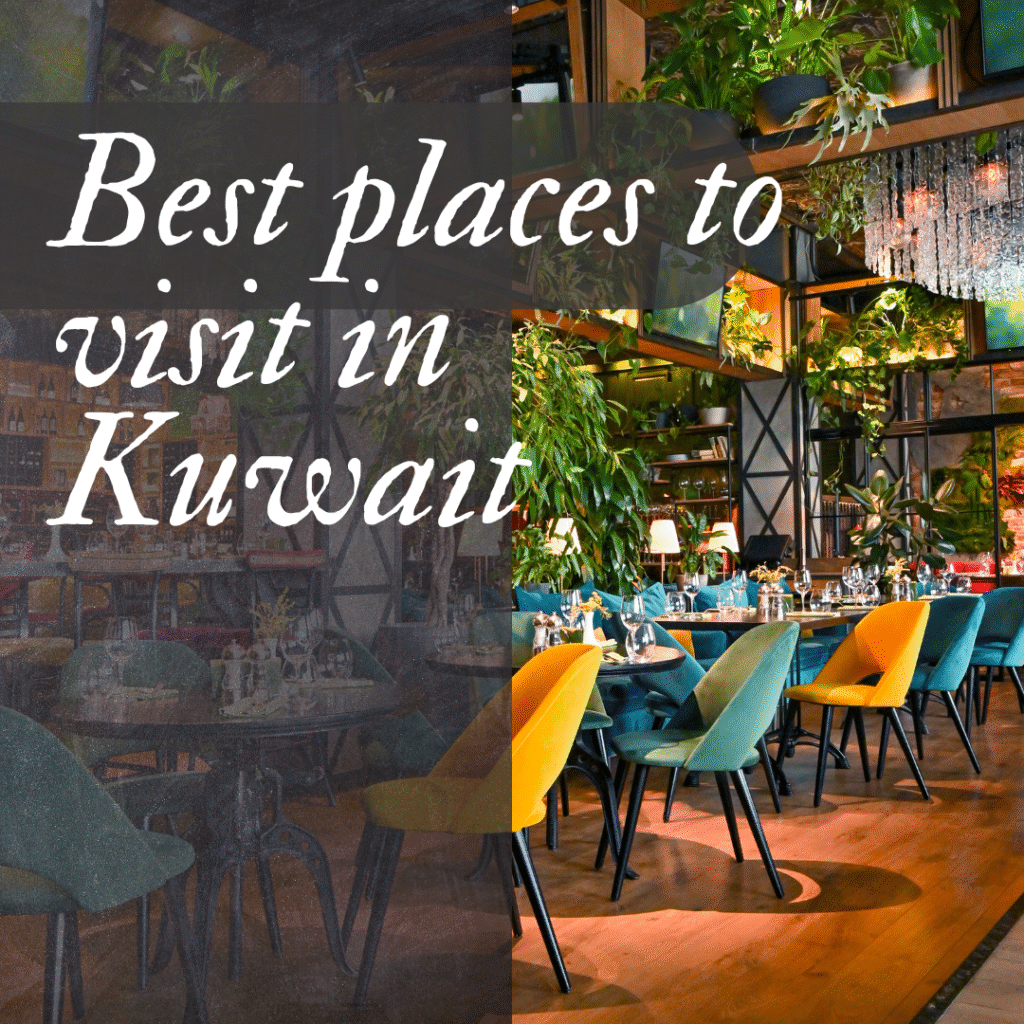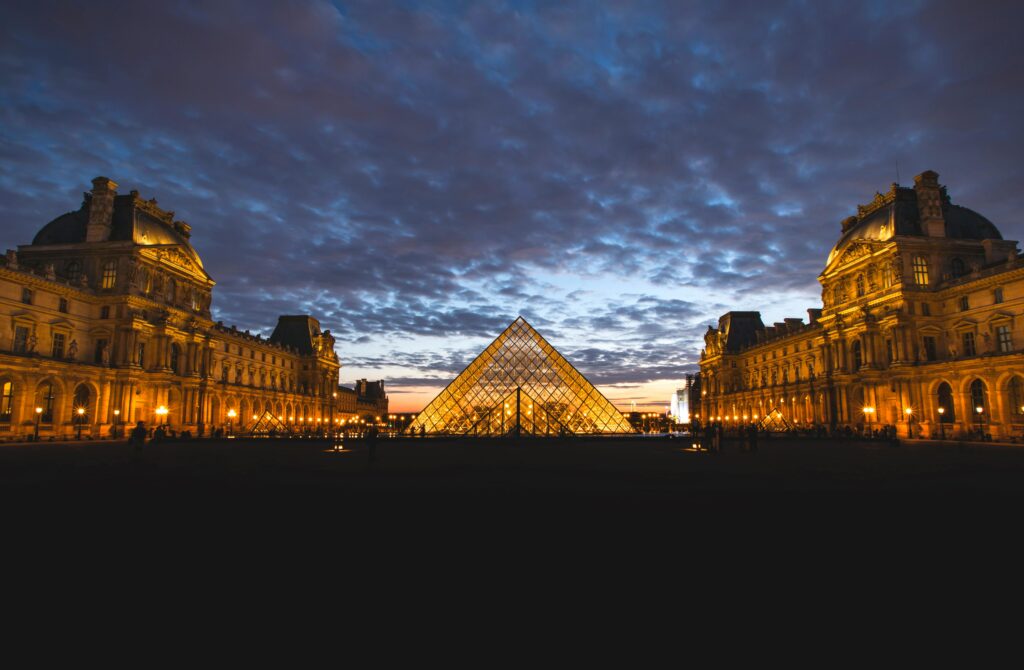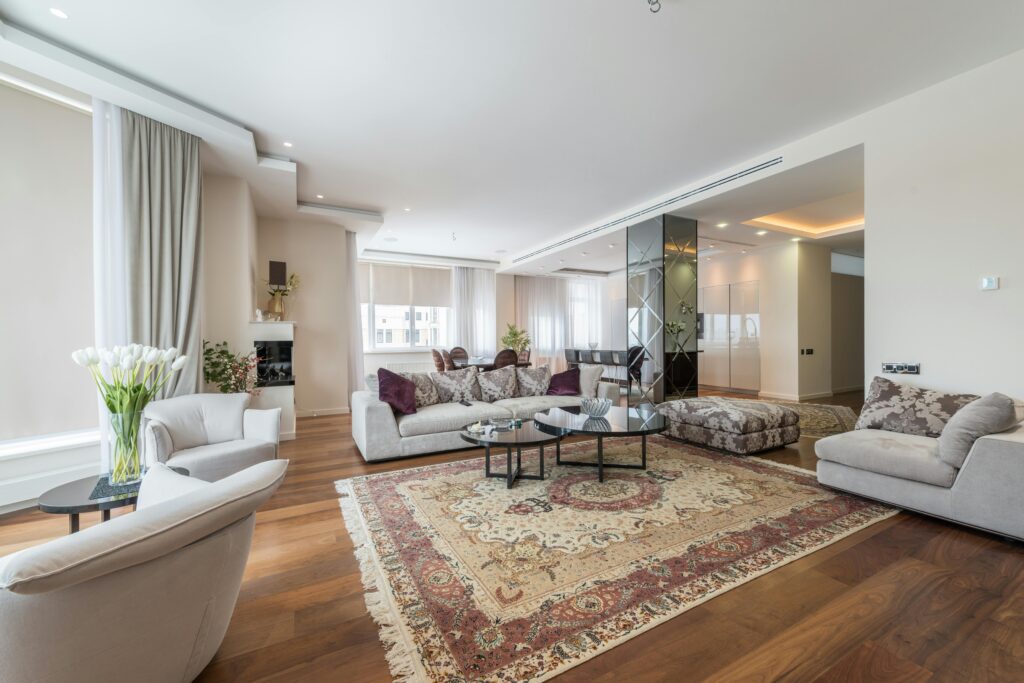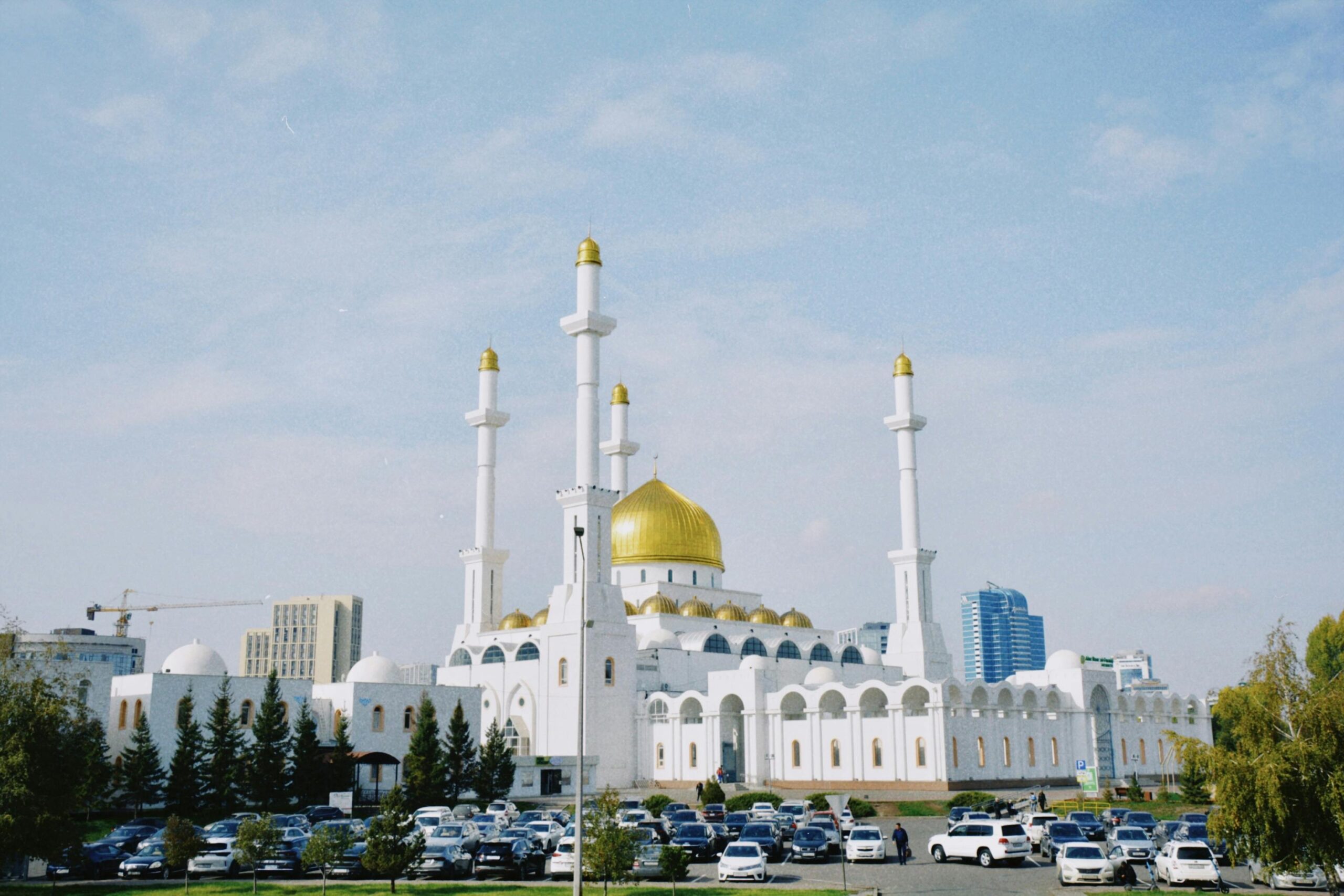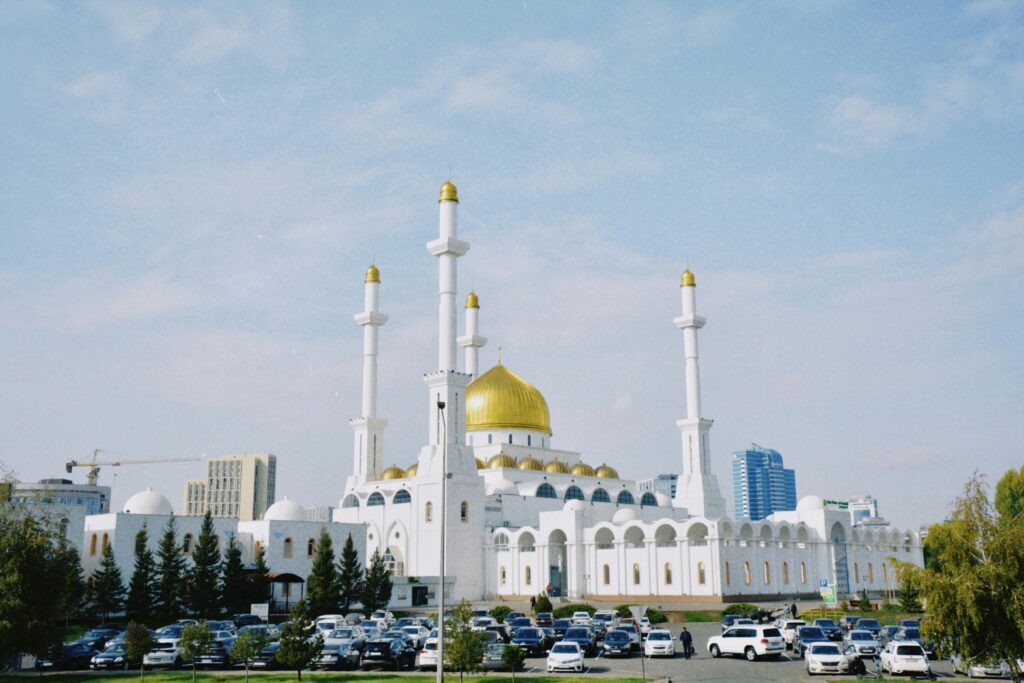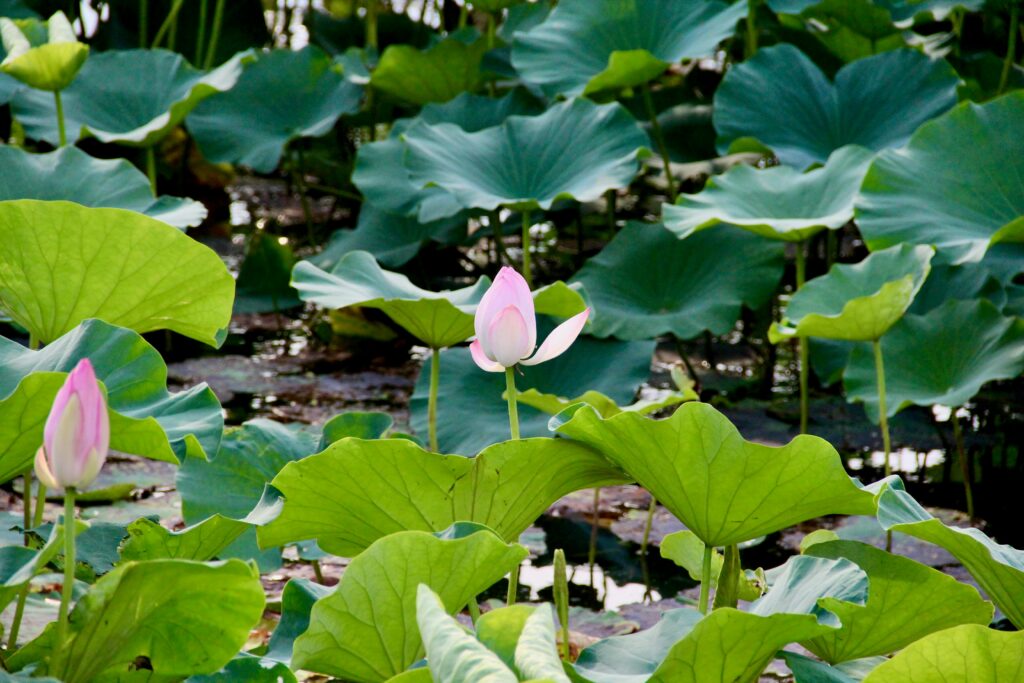The United Arab Emirates (UAE) is a beautiful blend of old-world charm and a glimpse into the future. It is located in the southeast corner of the Arabian Peninsula. The UAE has rapidly become one of the world’s top destinations to visit. It is made up of seven emirates: Abu Dhabi, Dubai, Sharjah, Ajman, Umm Al-Quwain, Ras Al Khaimah, and Fujairah. Each emirate offers historic forts, desert scenery, and peaceful beaches, as well as modern buildings and world-class shopping malls. There is something for everyone in the UAE, whether you like thrills, culture, high-class tourism, or history.
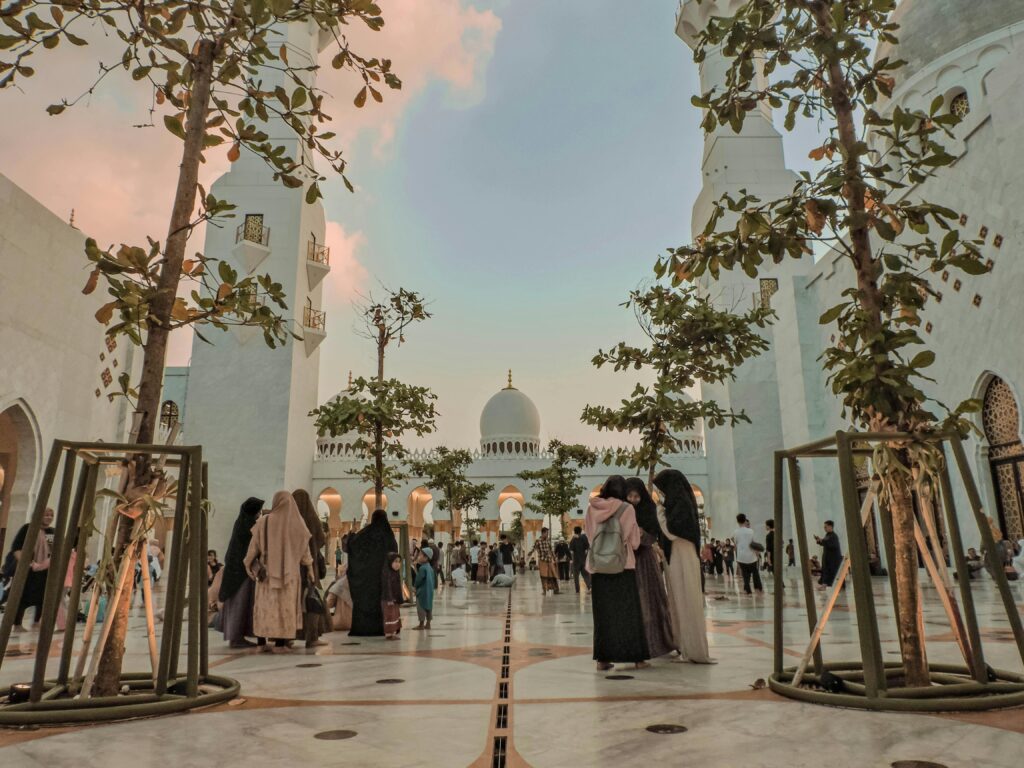
Dubai: The City of Tomorrow
Dubai is the most famous city in the United Arab Emirates. It is renowned worldwide for its wealth, modernity, and vastness. There are both old and new styles of building in this city. The Burj Khalifa is one of the top attractions in Dubai. At 828 meters, it is the world’s largest building. People can visit the viewing deck on the 124th and 148th floors to enjoy stunning views of the entire city. The Dubai Mall is more than just a shopping mall; it also features an ice rink, the Dubai Aquarium, and numerous restaurants and entertainment options. At the base of the Burj Khalifa, there is a beautiful water, music, and light show called Dubai Fountain. The Palm Jumeirah is an artificial island in the shape of a palm tree, featuring high-end hotels such as Atlantis The Palm. Dubai Marina is an excellent place to stroll, dine, and embark on a boat tour. Old Dubai (Al Bastakiya and Dubai Creek) features shops and traditional souks that showcase the city’s historic trade. A desert safari is a must-do activity that includes sandboarding, camel rides, and dinners under the stars in the traditional Bedouin style.
The Cultural Capital of the World: Abu Dhabi
Abu Dhabi, the city of the UAE, is a more peaceful and artistically prosperous place to visit than Dubai. The federal government of the UAE is based there, as well as some of the country’s most famous cultural and architectural sites. To see Abu Dhabi, the Sheikh Zayed Grand Mosque is a must. It is one of the largest mosques in the world and is renowned for its stunning white marble structure, elaborate chandeliers, and reflective pools. The Louvre Abu Dhabi is a masterpiece of architecture that showcases art from around the world. It combines Eastern and Western styles. The Presidential Palace, also known as Qasr Al Watan, is a beautifully constructed building that showcases the Emirati government’s operations and culture. On Yas Island, you can find world-class activities like Warner Bros. World, Ferrari World (with the fastest roller coaster in the world), and Yas Waterworld. It is a peaceful island known for its beaches, high-end resorts, and plans for big cultural institutions to open there in the future. Bamboo National Park allows you to sail through the trees and observe how the natural ecosystems of the UAE function. Sharjah is the cultural center of the United Arab Emirates.
Sharjah
the third-largest emirate, is known for its efforts to protect local culture and history. It was named the Cultural Capital of the Arab World by UNESCO in 1998. The Sharjah Museum of Islamic Civilization is one of the top attractions in Sharjah. It features art, artifacts, and texts from across the Islamic world. Non-Muslims can take organized trips to the Al Noor Mosque, which showcases Islamic design and values.The Sharjah Art Foundation hosts cultural events and exhibitions of modern art.
Heart of Sharjah:
a historical area with homes that have been fixed up, traditional markets, and cultural events. The Sharjah Aquarium and Seafaring Maritime Museum delve into the maritime history and wildlife of the United Arab Emirates. People come to Al Qasba to have a great time. It has a canal, shops, and the famous Eye of the Emirates Ferris wheel.
Ras Al Khaimah: Nature and Adventure
Ras Al Khaimah (RAK), situated in the northernmost part of the UAE, is an ideal destination to experience the country’s natural beauty. It’s famous for its rugged mountains, historic sites, and outdoor activities.
Top Things to Do in Ras Al Khaimah:
Jebel Jais, the highest point in the UAE, offers hiking trails, the world’s longest slide, and stunning views.Dhayah Fort is a historic fort from the 18th century that sits atop a hill, offering a panoramic view of the surrounding area. Wadi Showka features natural pools and sandy landscapes, making it an ideal destination for hiking and off-roading. The RAK National Museum is housed in an 18th-century fort and showcases art and history from the region.
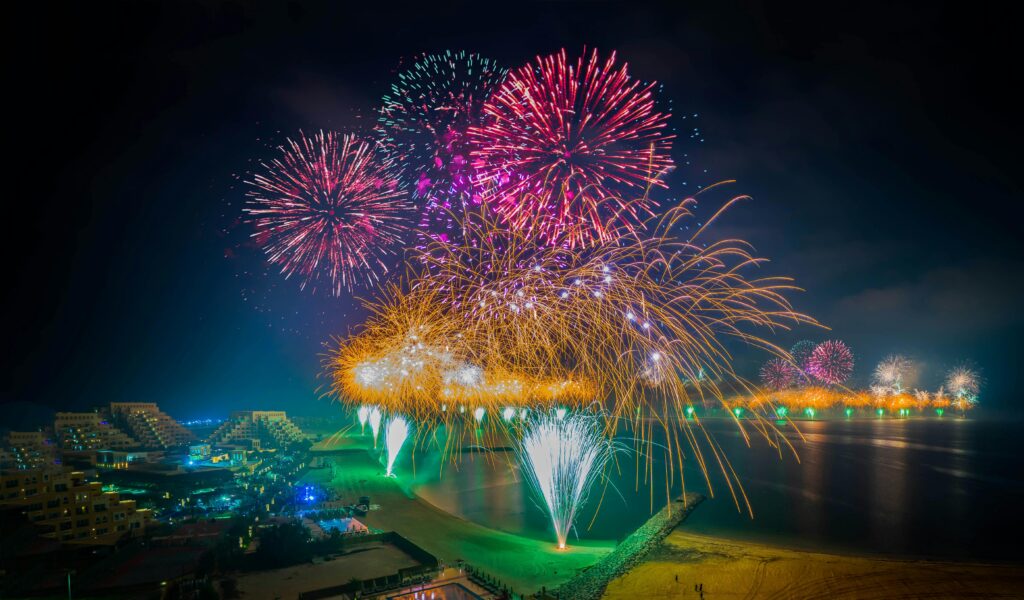
Motels and beaches:
Long, peaceful coasts with high-end seaside motels that are great for unwinding.
Fujairah:
The only emirate entirely located on the east coast, adjacent to the Gulf of Oman, is Fujairah. It’s famous for its beautiful beaches, mountain areas, and old towns.
Top Things to Do in Fujairah:
The UAE’s oldest mosque is the Al-Bidyah Mosque, which was constructed in the 15th century. One of the oldest forts in the UAE is Fujairah Fort, which showcases the history of the state. Peanuts Island is a popular spot for swimming and diving due to its abundance of marine life. The Hajar Mountains are great for hiking and enjoying the cooler weather. The Fujairah Museum showcases artifacts from the Bronze Age, highlighting the region’s rich history.
The smallest emirate is Ajman
Ajman is the smallest of the seven emirates, but it boasts a laid-back vibe that makes it perfect for those who want to relax and experience authentic life.
Top Things to Do in Ajman:
Ajman Beach is a clean and less busy beach where you can swim and enjoy lunch. The Ajman Museum is housed in a 19th-century fort and showcases the history and culture of the Emirate of Ajman. Al Zorah Nature Reserve is an excellent place to observe birds and appreciate nature, particularly during bird migration seasons.
Dhow Yard:
Witness the traditional method of boat building that is still practiced today.
Umm Al-Quwain: Clean and quiet
The state of Umm Al-Quwain has the fewest people, making it a peaceful place to escape the noise and chaos of cities. It’s perfect for people who love nature and want to see the UAE before it becomes too modern.Dreamland Aqua Park is one of the oldest water parks in the UAE and a great place for families to have fun. Al Sinniyah Island is a nature reserve featuring flamingos, herons, and marshes. The UAQ Fort and Museum shows the history and design of the emirate’s tribes. Falaj Al Mualla is a picturesque oasis nestled in the desert, also serving as a cultural site. It has a fort and date farms.
Hatta is a mountain retreat in the United Arab Emirates
The town of Hatta is officially part of Dubai, but it is in the Hajar Mountains and is very different from the city.
Top Things to Do in Hatta:
Hatta Dam is a popular spot for swimming, paddleboarding, and taking in the beautiful mountain views. Historic houses in Hatta Heritage Village show how people in the countryside of the United Arab Emirates live. Hatta Wadi Hub is an adventure hub offering activities such as climbing, mountain biking, ziplining, and zorbing.
Tips for Traveling in the UAE:
November through March is the best time to visit, as it is cooler and enjoyable to be outside. Dress modestly, especially in public places and churches. At beaches and pools, you can wear swimwear.
Local Laws:
You can drink alcohol in approved places, but being drunk or showing love in public is not cool.
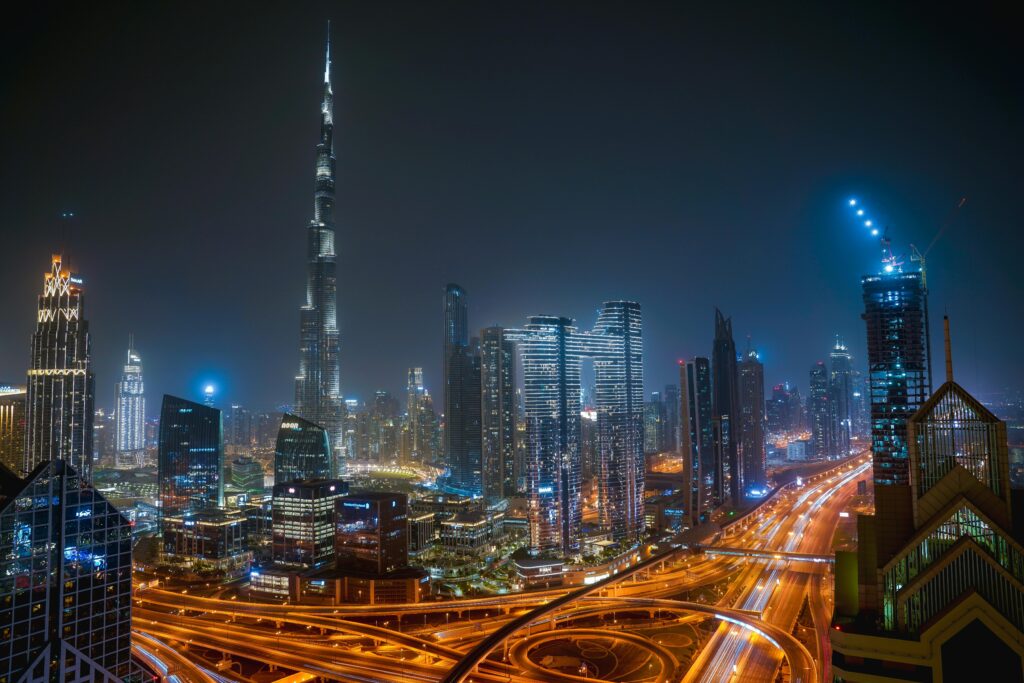
Language:
Arabic is the official language, but many people also speak English.
Getting around:
Taxis and ride-hailing apps, such as Careem and Uber, are popular. In Dubai, you can take the metro.
Last Thoughts
There’s more to the United Arab Emirates than just flash and glitz. There is a country full of culture, history, and natural beauty beyond the tall buildings and high-end buying. From the ultramodern vibe of Dubai and Abu Dhabi to the peaceful sands of Ras Al Khaimah and the old churches of Fujairah, the UAE is a great place to visit. There are numerous places to visit and memories to make, whether you’re into culture, excitement, relaxation, or discovering new ideas.

